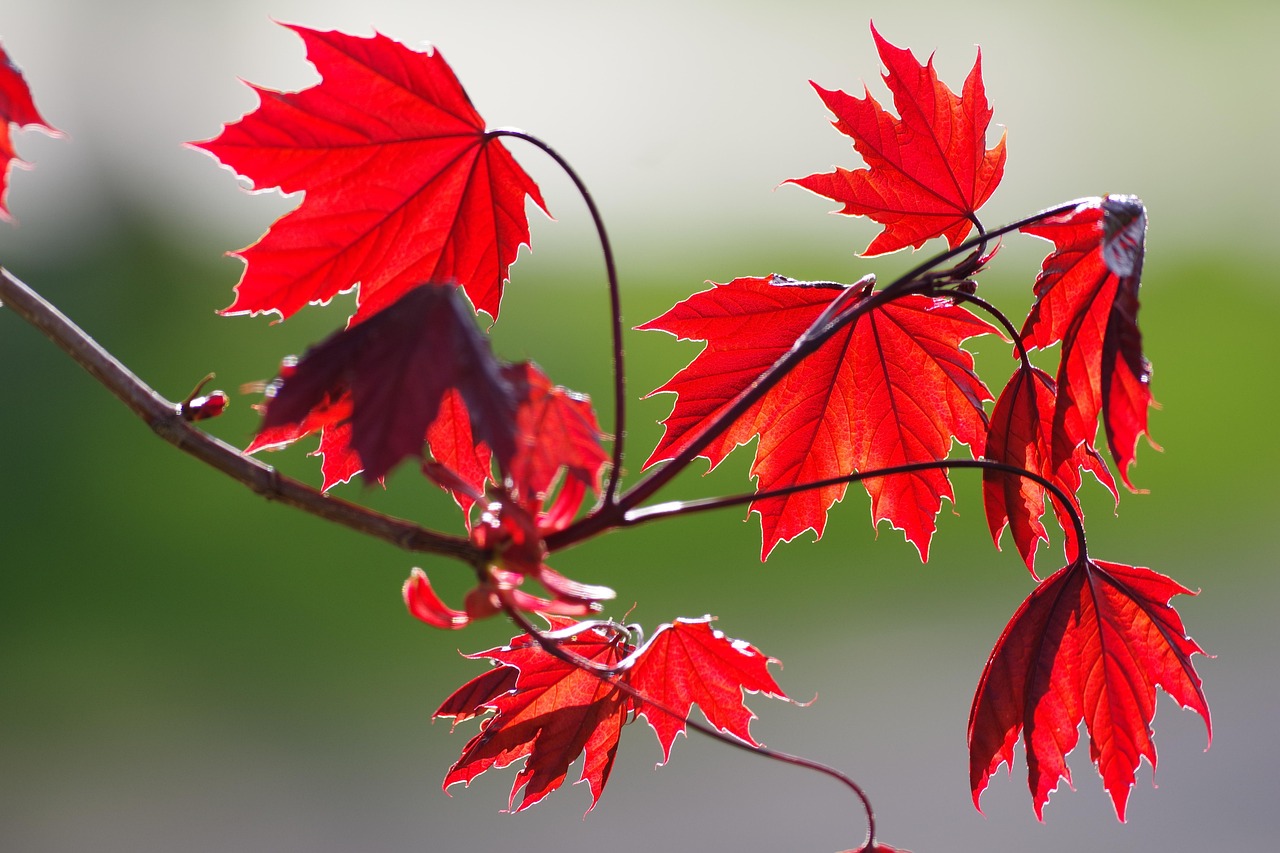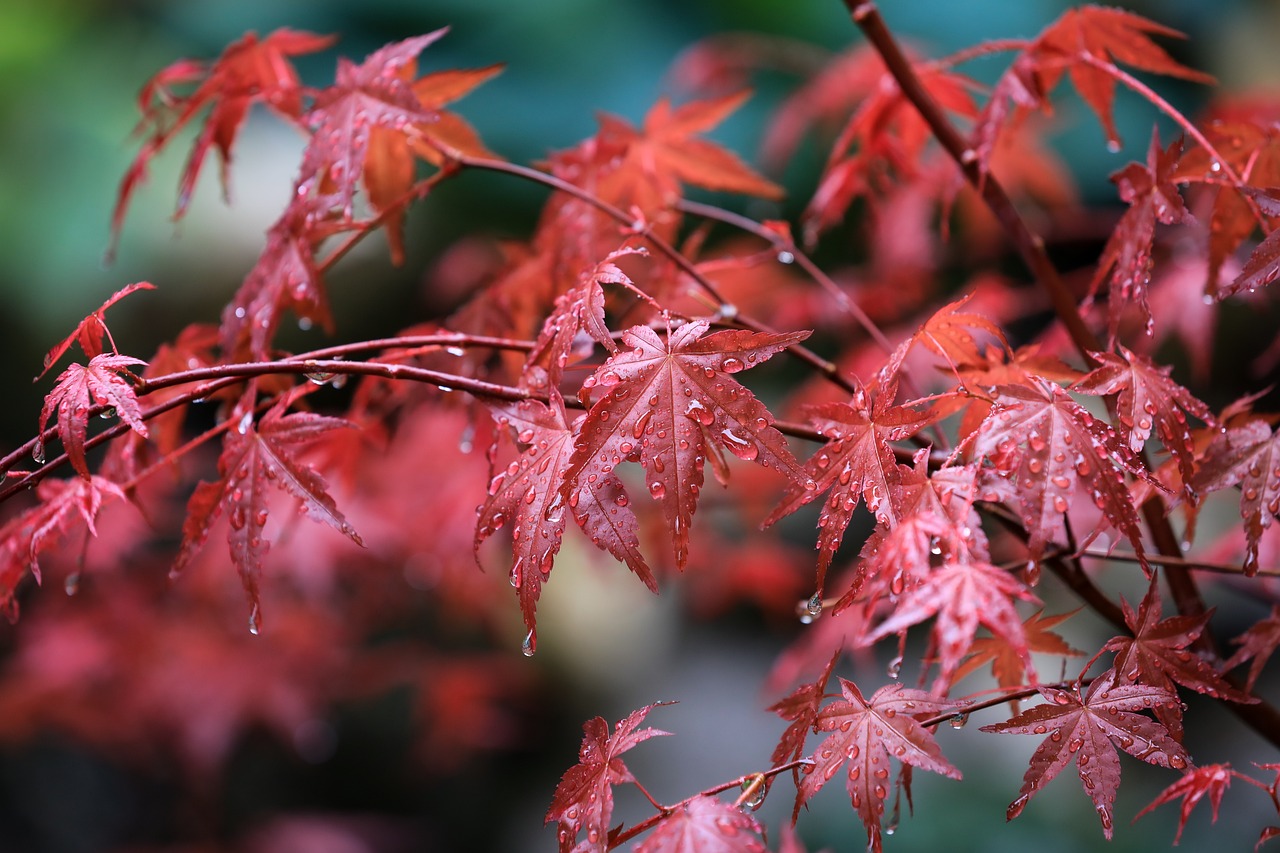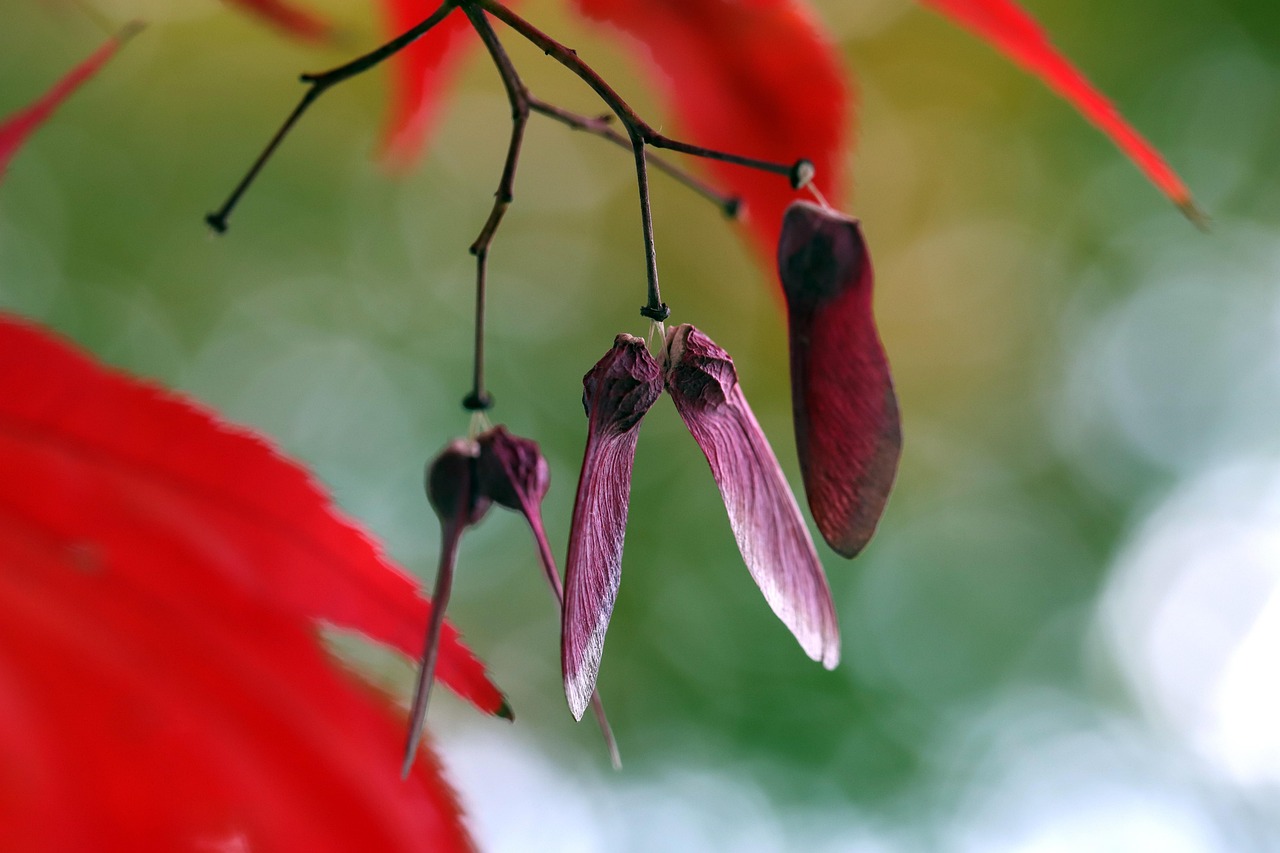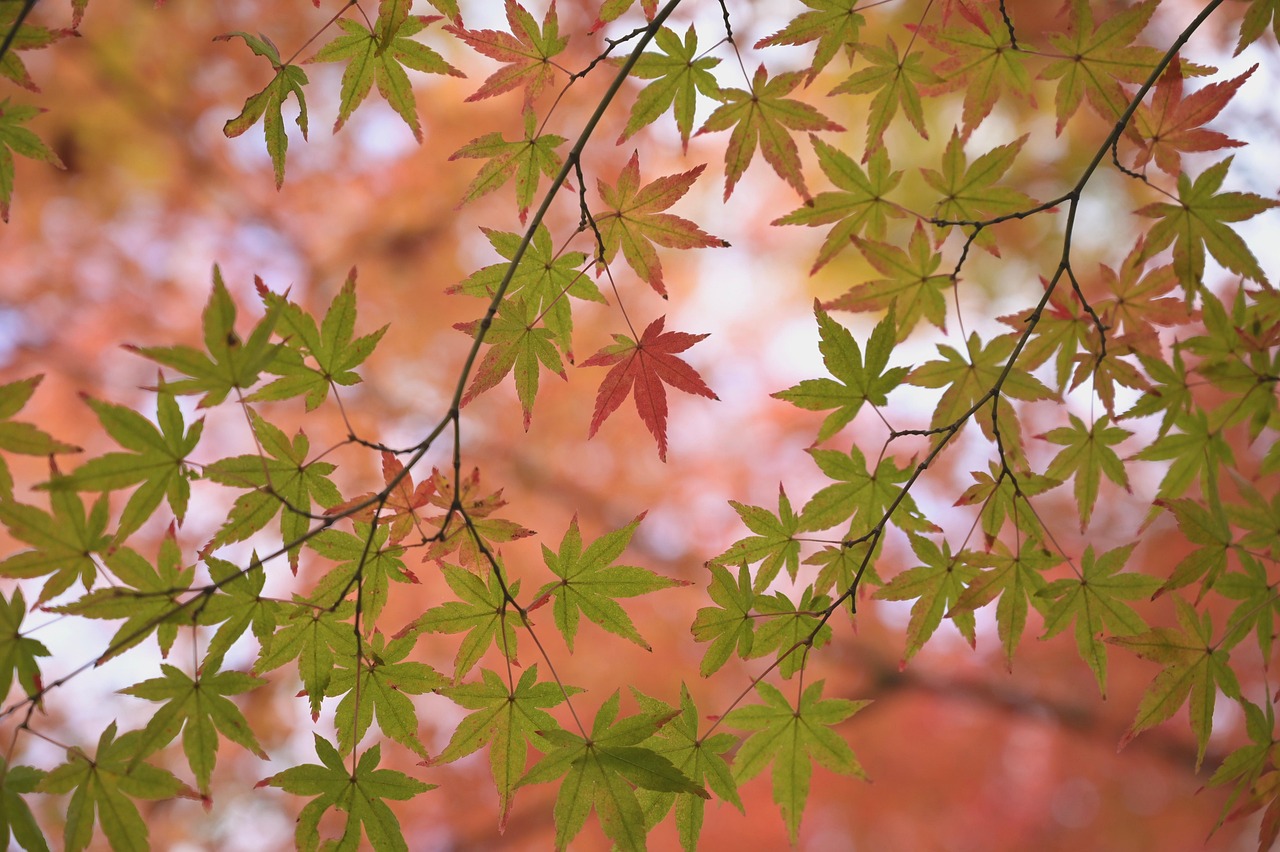Red Maple wood is classified as a hardwood, known for its strength, durability, and aesthetic appeal. It is often compared to other hardwoods in terms of versatility and workability, making it a popular choice for various applications.
Understanding Red Maple Wood

Red Maple, scientifically known as Acer rubrum, is a tree native to North America. It thrives in a range of environments, from swamps to upland areas. The wood derived from this tree is not only prized for its beauty but also for its practical uses.
The hardness of wood is measured using the Janka hardness test. This test determines how much force is required to embed a 0.444-inch steel ball into the wood. The results help in comparing the durability and suitability of different wood types for various purposes.
Red Maple has a Janka hardness rating of approximately 950 lbf (pounds-force), which classifies it as a hardwood. This rating indicates that Red Maple is significantly harder than many softwoods, such as Pine or Cedar, which typically have Janka scores below 900 lbf. However, it is softer compared to some other hardwoods like Oak or Hickory.
Characteristics of Red Maple Wood
In addition to its hardness, Red Maple wood has several unique characteristics that make it a desirable choice for both furniture and construction. These characteristics include:
- Color: The heartwood ranges from a light to medium reddish-brown, while the sapwood is nearly white to light cream.
- Grain: Red Maple features a fine, uniform texture with a straight grain, though it can occasionally exhibit wavy or curly patterns.
- Stability: This wood is relatively stable when dried properly, meaning it is less likely to warp or shrink after being cut.
- Workability: Red Maple is easy to work with using hand and power tools, making it ideal for woodworking projects.
Common Uses of Red Maple Wood
Due to its appealing aesthetic and functional properties, Red Maple wood is commonly used in various applications. Some of the most popular uses include:
- Furniture: Red Maple is often used to create beautiful furniture pieces such as tables, chairs, and cabinets.
- Cabinetry: Its durability and attractive finish make it a preferred choice for kitchen cabinets.
- Flooring: Many homeowners choose Red Maple for hardwood flooring due to its strength and wear resistance.
- Musical Instruments: The wood is sometimes used in the construction of instruments like pianos and guitars.
Comparing Red Maple with Other Wood Types
When considering Red Maple for projects, it’s essential to compare it with other wood types. This comparison can help you choose the right material based on your specific needs. Below is a table that summarizes the Janka hardness ratings of several common woods.
| Wood Type | Janka Hardness (lbf) |
|---|---|
| Red Maple | 950 |
| White Oak | 1360 |
| Hard Maple | 1450 |
| Pine | 690 |
| Cedar | 350 |
This table illustrates that while Red Maple is harder than many softwoods, it does not match the hardness of some other hardwoods like Oak or Hard Maple. Understanding these differences can help you select the best wood type for your specific projects.
In summary, Red Maple stands out as a hardwood that balances strength and workability. Its attractive appearance and practical qualities make it a versatile choice for a broad range of applications. As you explore options for your woodworking projects, consider how its characteristics align with your needs.
Properties of Red Maple Wood
Red Maple wood is known for its unique properties, which contribute to its desirability in various woodworking applications. These properties include not only hardness but also durability, workability, and aesthetic qualities. Understanding these aspects can help you make informed decisions when choosing wood for specific projects.
Durability and Resistance
One of the key characteristics of Red Maple is its durability. The wood is resistant to wear and tear, making it suitable for high-traffic areas. It is also relatively resistant to insect damage and decay when properly treated. Here are some specific points about its durability:
- Wear Resistance: Red Maple’s hardness allows it to withstand scratches and dents better than many softwoods.
- Moisture Resistance: While it is not entirely waterproof, Red Maple performs well in humid conditions compared to other woods.
- Insect Resistance: The natural oils in the wood can deter pests, making it a good choice for outdoor furniture.
Workability and Finishing
Woodworkers appreciate Red Maple for its workability. It can be easily cut, shaped, and sanded without issues. This makes it an excellent choice for both novice and experienced craftsmen. Here are some aspects of its workability:
- Sanding: Red Maple sands smoothly, allowing for a clean finish.
- Cutting: It can be easily cut using both hand tools and power tools.
- Staining and Finishing: The wood takes stains and finishes well, enhancing its natural beauty.
Aesthetic Qualities
The visual appeal of Red Maple wood is another significant factor contributing to its popularity. Its fine grain and warm colors make it suitable for various design styles. Some notable aesthetic qualities include:
- Color Variations: The reddish hue of the heartwood contrasts beautifully with the lighter sapwood, offering visual interest.
- Grain Patterns: The subtle grain patterns can range from straight to wavy, providing uniqueness to each piece.
- Finish Options: The wood can be finished in a variety of ways to highlight its natural color and grain.
Environmental Impact and Sustainability
As environmental concerns grow, the sustainability of wood sources has become a significant consideration for consumers. Red Maple is generally regarded as a sustainable option when sourced responsibly. Here are some important factors regarding its environmental impact:
Harvesting Practices
Sustainable harvesting practices are critical in ensuring that Red Maple forests remain healthy. Responsible logging methods include:
- Selective Logging: This practice involves removing only certain trees while preserving the overall ecosystem.
- Reforestation: Planting new trees after harvesting ensures that forests can regenerate over time.
- Certification Programs: Look for woods certified by organizations such as the Forest Stewardship Council (FSC) that ensure responsible forestry practices.
Ecosystem Benefits
The Red Maple tree plays an essential role in its ecosystem. It provides habitat for wildlife, helps prevent soil erosion, and improves air quality. Here are some benefits:
- Wildlife Habitat: The tree supports various species, including birds and insects, that rely on it for food and shelter.
- Soil Stabilization: The extensive root system helps to anchor the soil, preventing erosion in vulnerable areas.
- Carbon Sequestration: Like all trees, Red Maples absorb carbon dioxide, helping combat climate change.
Cost and Availability
The cost of Red Maple wood can vary based on quality, availability, and location. Generally, it is considered an affordable hardwood option. Here are some factors influencing the price:
Market Demand
The demand for Red Maple in furniture-making and other industries can affect its price. Higher demand may lead to increased costs. However, its widespread availability typically keeps prices moderate.
Quality Grades
Red Maple wood is graded based on quality, appearance, and structural properties. Common grades include:
- FAS (First and Seconds): This is the highest grade with minimal defects, ideal for fine furniture.
- Select: Slightly lower quality than FAS but still suitable for various applications with some minor imperfections.
- Common Grades: These may have more visible knots or imperfections but can be perfect for utility projects or decorative purposes.
The price can also vary depending on whether the wood is sold as rough lumber or pre-finished products.
Comparing Red Maple with Other Hardwoods
When considering Red Maple for your project, it’s helpful to compare it with other hardwoods. Each type has unique characteristics that may make it more suitable for certain applications. Below are a few comparisons with common hardwoods:
Working with Red Maple Wood
W


hen it comes to woodworking, understanding how to effectively work with Red Maple is essential. This hardwood offers unique benefits and challenges during various processes, such as cutting, shaping, and finishing. This section will dive into the best practices for working with Red Maple, ensuring that you achieve optimal results in your projects.
Cutting Techniques
Red Maple is relatively easy to cut, but using the right techniques and tools is crucial for clean results. Here are some tips for cutting Red Maple wood:
- Use Sharp Blades: Always ensure that your saw blades are sharp. Dull blades can cause tear-out or splintering, especially in the fine grain of Red Maple.
- Choose the Right Saw: For straight cuts, a table saw or a miter saw works well. For intricate shapes, consider using a jigsaw or scroll saw.
- Make Test Cuts: If you are unsure about your settings or technique, make test cuts on scrap pieces of Red Maple to fine-tune your approach.
Sanding and Preparing the Surface
Proper sanding is essential to achieve a smooth finish on Red Maple. Here are some effective techniques for sanding:
- Start with Coarse Grit: Begin sanding with a coarse grit sandpaper (around 80-120 grit) to remove any rough spots or tool marks.
- Progress to Finer Grits: Gradually move to finer grits (up to 220 grit) for a smooth finish. This helps in preparing the wood for staining or sealing.
- Sand with the Grain: Always sand in the direction of the grain to avoid scratches and achieve a better finish.
Staining and Finishing Red Maple
Red Maple takes stains and finishes well, allowing you to enhance its natural color and grain. Here are some guidelines for staining and finishing:
- Choose the Right Stain: Water-based stains work well with Red Maple, as they enhance its color without raising the grain too much.
- Test on Scrap Wood: Always test your stain on a scrap piece of Red Maple first to see how it reacts and looks.
- Apply Evenly: Use a brush or cloth to apply stain evenly, ensuring you cover all areas without over-saturating any spot.
- Seal the Wood: After staining, consider applying a clear topcoat (like polyurethane) to protect the wood from wear and enhance its appearance.
Common Challenges When Working with Red Maple
While Red Maple is a fantastic wood choice, it comes with its own set of challenges. Being aware of these issues can help you address them effectively during your projects.
Shrinkage and Expansion
As with many hardwoods, Red Maple can experience shrinkage and expansion due to changes in humidity. Here are some strategies to manage this:
- Adequate Drying: Ensure the wood is properly kiln-dried before use. This helps minimize future movement.
- Allow for Expansion: When designing furniture or cabinets, account for wood movement by incorporating expansion gaps in joints and panels.
Tendency for Tear-Out
The fine grain of Red Maple can lead to tear-out during cutting or sanding. To minimize this issue:
- Use Backing Boards: When cutting, place a sacrificial board underneath the workpiece to help reduce tear-out.
- Adjust Cutting Speed: Slower cutting speeds can help prevent tear-out by allowing the blade more time to slice through the fibers cleanly.
Choosing the Right Tools for Red Maple
Selecting the appropriate tools is vital for successfully working with Red Maple. The right tools will not only make your work easier but also improve the quality of your finished product.
Hand Tools vs. Power Tools
Both hand tools and power tools have their advantages when working with Red Maple. Understanding when to use each type can enhance your woodworking experience:
- Hand Tools: Hand planes and chisels can provide more control and finesse when shaping edges or creating intricate details.
- Power Tools: Power saws, routers, and sanders can significantly speed up the process, especially for larger projects where efficiency is crucial.
Essential Tools for Working with Red Maple
If you’re planning to work extensively with Red Maple, here are some essential tools you should consider having in your workshop:
- Circular Saw: Great for making straight cuts in larger pieces of wood.
- Bandsaw: Ideal for intricate cuts and curves.
- Sander: An orbital sander can help achieve a smooth finish quickly.
- Miter Saw: Useful for precise angle cuts, especially in framing or cabinetry work.
By equipping yourself with the right tools and knowledge about working with Red Maple wood, you can enhance your woodworking projects and create beautiful, long-lasting pieces. Understanding its properties, potential challenges, and best practices will ensure that your projects turn out successful every time.
Comparing Red Maple with Other Wood Types in Depth
T

o fully appreciate Red Maple, it’s essential to consider it in relation to other wood types. This comparison can help you understand its strengths and weaknesses, and how it fits into the broader context of woodworking materials. Below are two key comparisons with other hardwoods, focusing on performance, cost, and typical applications.
Red Maple vs. Hard Maple
Hard Maple, or Sugar Maple, is another popular choice among woodworkers. While both Red Maple and Hard Maple belong to the same genus, there are some distinct differences:
- Hardness: Hard Maple has a Janka hardness rating of about 1450 lbf, making it significantly harder than Red Maple. This hardness makes Hard Maple ideal for applications requiring extreme durability, such as butcher blocks.
- Color and Grain: Hard Maple typically has a lighter, creamier color with a more uniform grain. In contrast, Red Maple features more color variation and a finer texture.
- Cost: Hard Maple tends to be more expensive than Red Maple due to its higher demand for flooring and cabinetry.
Red Maple vs. Oak
Oak is one of the most widely used hardwoods in furniture making. Here’s how it compares to Red Maple:
- Hardness: Red Oak has a Janka hardness rating of approximately 1290 lbf, making it slightly softer than Hard Maple but comparable to Red Maple. White Oak is harder, rated at about 1360 lbf.
- Grain Patterns: Oak is known for its prominent grain patterns, which can enhance the rustic appeal of furniture. Red Maple has subtler grain patterns that may appeal to those seeking a more refined look.
- Finishing: Oak can sometimes be challenging to stain evenly due to its open pores. In contrast, Red Maple takes stains well, leading to a more consistent finish.
Innovative Uses for Red Maple
As woodworking trends evolve, so do the applications for Red Maple wood. Beyond traditional uses like furniture and cabinetry, innovative artisans are finding new ways to incorporate this versatile material into their creations:
Artistic Applications
Red Maple’s attractive grain and color make it a popular choice for artistic woodworking projects. Artists have begun utilizing it for:
- Custom Sculptures: The wood’s workability allows artists to create intricate designs with fine details.
- Decorative Inlays: Red Maple can be used in marquetry or as an accent inlays in other wood pieces for visual contrast.
- Musical Instruments: Its acoustic properties make it suitable for crafting parts of musical instruments like guitars and violins.
Eco-Friendly Options
With an increasing focus on sustainability, Red Maple is often chosen by environmentally conscious consumers. Its availability and responsible harvesting practices contribute to its eco-friendly reputation:
- Locally Sourced: Red Maple is abundant in North America, reducing transportation emissions compared to imported woods.
- Biodiversity Support: Sustainable forestry practices help maintain healthy ecosystems while providing high-quality wood.
Final Thoughts
In conclusion, Red Maple stands out as a versatile hardwood that combines strength, beauty, and workability. Its Janka hardness rating categorizes it as a hardwood that is suitable for various applications ranging from furniture to musical instruments. The wood’s aesthetic qualities, including its rich color variations and fine grain patterns, make it appealing to both woodworkers and consumers alike.
The comparisons with other hardwoods such as Hard Maple and Oak highlight the unique attributes of Red Maple while providing insights into when it might be preferable based on specific project requirements. Additionally, its innovative uses in artistic endeavors showcase the wood’s adaptability beyond traditional furniture making.
Sustainability plays a crucial role in the growing popularity of Red Maple. By choosing this wood, consumers can make environmentally friendly choices that support local economies and promote responsible forestry practices.
Overall, whether you’re a seasoned woodworker or a novice just starting out, understanding the properties and applications of Red Maple will enable you to make informed choices for your woodworking projects. Its combination of durability, beauty, and eco-friendliness makes it an excellent choice for a wide range of woodworking needs.
Related Posts:- Biome of the Tuatara Unique Ecosystem and Climate
- Is Red Maple Deciduous? Seasonal Leaf Behavior
- Physical and Behavioral Differences Wren vs Sparrow
- Identification Tips for Poplar and Pine Tree Species
- Common Undergrowth Found in Oak Tree Habitats
| Wood Type | Janka Hardness (lbf) | Common Uses |
|---|---|---|
| Red Maple | 950 | Furniture, cabinetry, flooring |
| Cherry | 950 | Furniture, cabinetry |
| Walnut | 1010 | High-end furniture, veneers |
